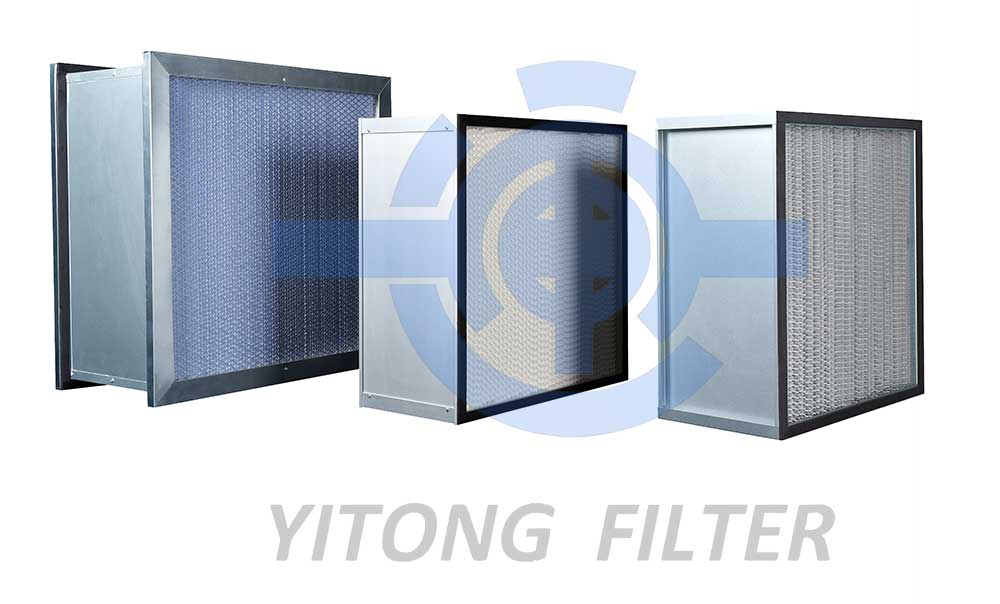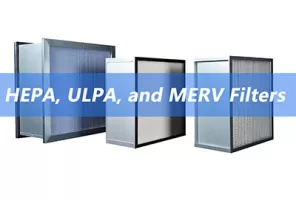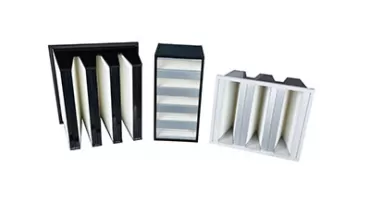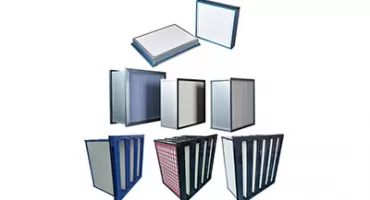 July 21, 2023
July 21, 2023
HEPA filters are commonly used air filtration devices in cleanrooms and ventilation systems. They can effectively filter out particles and harmful substances from the air, providing a clean and healthy indoor environment. For users of HEPA filters, understanding the wind resistance is particularly important as it directly affects the filter's operational efficiency and energy consumption.

I. Introduction to the resistance of HEPA filters:
The wind resistance of a HEPA filter refers to the degree of obstruction the filter poses to the airflow during operation. It is a critical indicator of the filter's performance. Generally, the higher the resistance, the greater the obstruction to the airflow, requiring more power to maintain the airflow. The design goal of HEPA filters is to provide filtration efficiency while minimizing resistance to reduce the system's energy consumption.
So how is the wind resistance of HEPA filters generated? There are several reasons for it:
1. Choice of filter material: HEPA filters use high-efficiency filter media, which can capture more particles and harmful substances but also increase the resistance to airflow. Therefore, when selecting a HEPA filter, the filtration efficiency and resistance need to be balanced
2. Filter structure: The design of the HEPA filter's structure also affects the resistance. Reasonable structural design can improve the airflow and reduce resistance. Common structural designs include increasing the filtering area and optimizing the layout of the air passages.
3. Accumulation of pollutants: Over time, HEPA filters will accumulate more pollutants, leading to an increasing resistance. Therefore, regular replacement of filters is an essential measure to maintain their operational efficiency.
II. Testing the resistance of HEPA filters:
To evaluate the resistance of HEPA filters, a common method is to conduct a wind resistance test. This is often done using a wind resistance gauge to measure the pressure difference on both sides of the filter, which then allows for the calculation of the resistance value. Generally, the wind resistance of HEPA filters falls within the range of 220Pa to 440Pa. The specific value needs to be determined based on the actual usage and system requirements.
III. How to reduce the resistance of HEPA filters:
To lower the resistance of HEPA filters and improve the efficiency of the air handling system, the following measures can be taken:
1. Reasonable choice of filter material: When selecting HEPA filters, choose the appropriate filter material that balances filtration efficiency and resistance. Additionally, regularly inspect and replace filters to avoid excessive accumulation of pollutants.
2. Optimize system design: Proper airflow passage layout and positioning of HEPA filters can improve airflow and reduce resistance. Moreover, increasing filtering area and adding more filtering stages can effectively reduce resistance.
3. Regular maintenance and cleaning: Periodically maintain and clean HEPA filters, removing any blocked pollutants to ensure smooth airflow. This helps reduce resistance and prolong the lifespan of the filters.
The wind resistance of HEPA filters is a crucial performance indicator. By choosing suitable filter materials, optimizing system design, and performing regular maintenance and cleaning, users can effectively reduce resistance. When purchasing HEPA filters, users should consider their actual needs and system requirements, select appropriate products, and pay attention to the range of filter resistance. Only when used properly and well-maintained can HEPA filters provide efficient filtration and contribute to a clean and healthy indoor environment.
 Nov. 04, 2024
HEPA, ULPA, and MERV Filters: Which Air Filtration System is Right for Your HVAC Needs?
Nov. 04, 2024
HEPA, ULPA, and MERV Filters: Which Air Filtration System is Right for Your HVAC Needs?
 Jun. 27, 2023
V-Bank Type Air Filters
Jun. 27, 2023
V-Bank Type Air Filters
 Jan. 12, 2024
Leading Manufacturer of Superior HEPA Filters
Jan. 12, 2024
Leading Manufacturer of Superior HEPA Filters